Researchers from Japan's National Agriculture and Food Research Organization may have discovered a way to use nitrogen fertilizer to address the persistent problem of "chalky grains" for rice growers.
Despite being a net importer of rice, the European Union produces about 20.8 million tons of paddy rice (Indica and Japonica) annually. About 80 percent of the rice produced in the EU is produced in the two main rice-growing nations, Spain and Italy. Romania, Hungary, Portugal, Greece, France, and Bulgaria are among the other nations where rice is farmed.
Traditional "Wasabi" farming uses of spring water in Central Japan
In a paper that was just published in the Agronomy Journal, Hiroshi Nakano, a researcher at the Kyushu Okinawa Agricultural Findings Center, National Agriculture and Food Research Organization in Japan (NARO), and collaborators discuss their findings.
When rice plants are exposed to high temperatures, the outcome is chalky grains. These grains are readily crushed during the milling process once they are exposed, which causes a loss of revenue from the broken grains.
Water-Efficient Practices Boost Crop Yields in Barind Region
The Japanese experts believe that the secret is using the right quantity of nitrogen fertilizer. The quantities of protein in rice will rise if there is an excess of nitrogen. Because the grain thins when cooked, rice quality is therefore compromised. If there's not enough nitrogen in the rice, it returns to its original state as a chalky grain.
Research aimed to develop practical techniques that farmers might use to estimate the amount of chalky grain.
Nakano stated, "Our objective is to enable the steady production of rice in a changing climate."
Video: Target Exceeded: Bumper Yield Wheat Cultivation of Meherpur district in Bangladesh.
"It's critical to use growth diagnostic to determine the optimal nitrogen treatment rate. In this study, we discovered helpful variables to control the protein content and white-back grain (a sort of chalky grain).
Variables are brought about by varying growth seasons and weather. As a result, the amount of nitrogen applied must be adjusted for the growth environment.
Nakano continues, "Our goal is to create strategies to shield rice from the effects of climate change." In Japan, over 36% of all farmed land is used for rice cultivation.
Higher air temperatures have been applied to rice plants recently when they are maturing. This may cause the grains to become white.
In the investigation, two devices were employed to assess two different kinds of measures. One instrument gauged the amount of nitrogen present in rice plant leaves. The second examined the plants' capacity to absorb nitrogen. Readings from the soil and plant analyzer development (SPAD) were also used.
Meherpur's farmers profit from producing Sukh Sagar onion seeds
What Does This Signify for Growers of Rice?
The findings, according to researchers, should enable farmers to instantly modify the amount of nitrogen used during rice cultivation. The study found that timing a plant's growth correctly helps control the amount of protein in grains.
"We advise farmers to use handheld meters to perform the growth diagnosis," Nakano stated. "These are inexpensive meters, and obtaining this data will enable them to harvest rice with superior quality."
Govt to Offer Tk64.15 Crore Incentive to Boost Aush Production
"SPAD readings at 4,2 weeks before heading and SPAD readings and NDVI at 1 week before heading could be useful indicators for determining the appropriate N application rate during the reproductive stage to reduce the occurrence of white-back grain and to regulate grain protein content,” Nakano said, citing the results of modeling analyses and correlation coefficient calculations.
Increased profit yields represent just one of the study's goals. Additionally, these increased yields offer a possible remedy for food security.
Bangladesh Urged to Boost Research Against Crop Pests Amid Climate Threat
Nakano states, "This research is broadly important as it is predicted that global warming will increase the global average temperature." "When rice plants mature in warm weather, the incidence of white-back grains rises. About 50% of people on the planet use rice as a primary diet. Therefore, both farmers and consumers should be concerned about this issue.
Even with a variety of technologies, farmers who have a large number of rice fields may still need help collecting adequate data. To address this problem, scientists are creating a system that uses unmanned aerial aircraft to gather measurements.
Learn More About Rice Production and Fertilizer:
Release of a Smartphone App That Manages the Optimal Water and Fertilizer Amount Combating Insects in Rice.
USDA Opens Comment Period for Public on Market Competition for Seed and Fertilizer.
According to research from California, black-eyed peas may help. reduce the need for fertilizer.
Filipino Scientist Finds Rice Gene for Drought Resistance.
End//voice7news.tv
A global news agency.



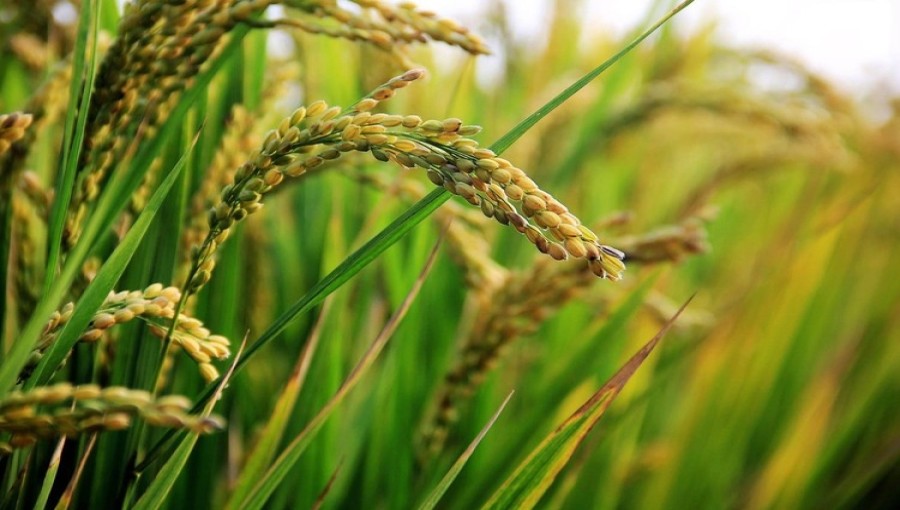

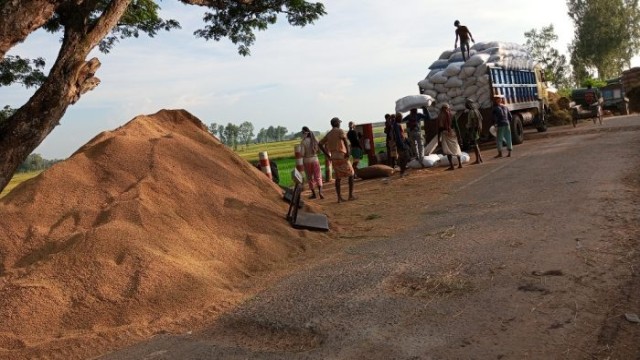
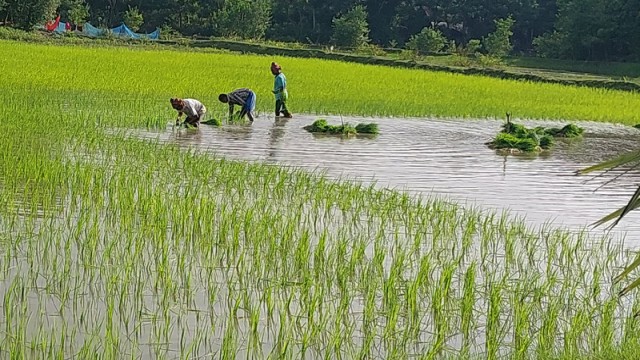
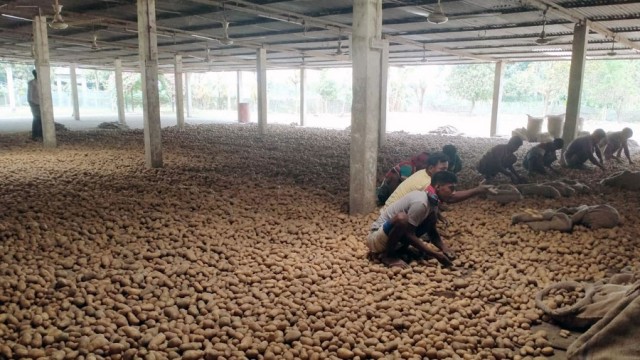
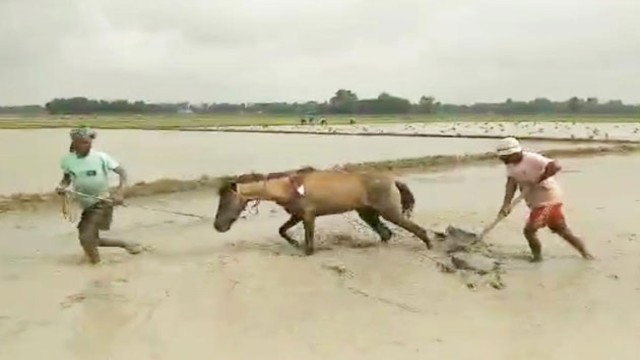

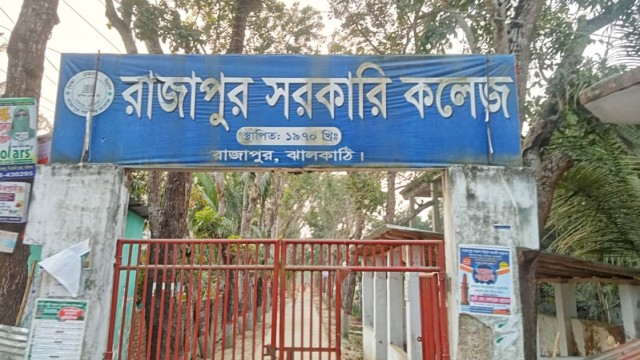
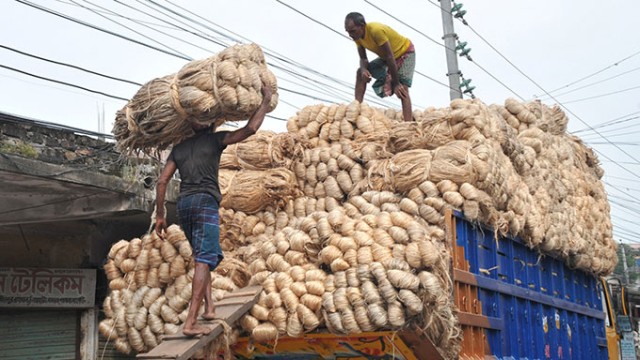





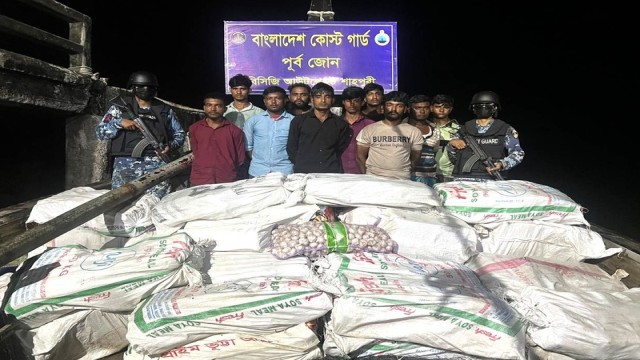



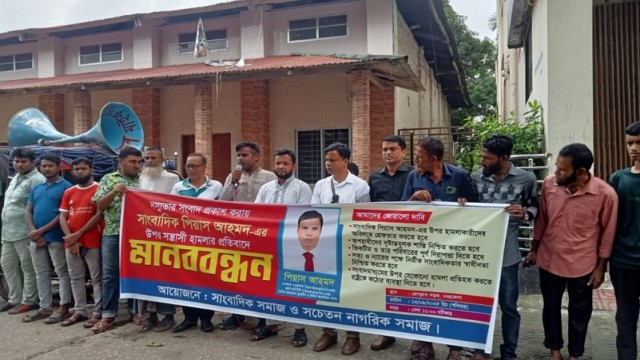

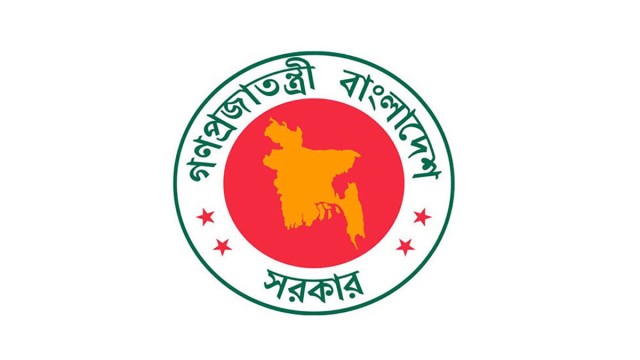


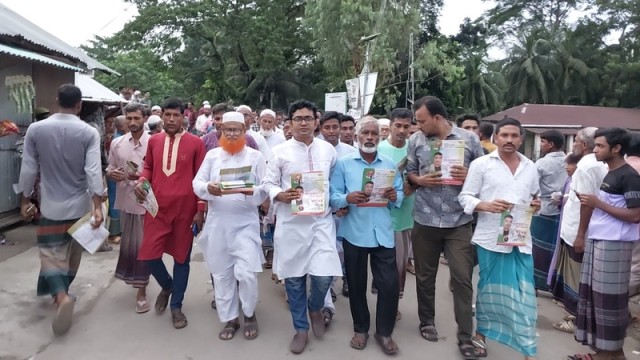




Comment: